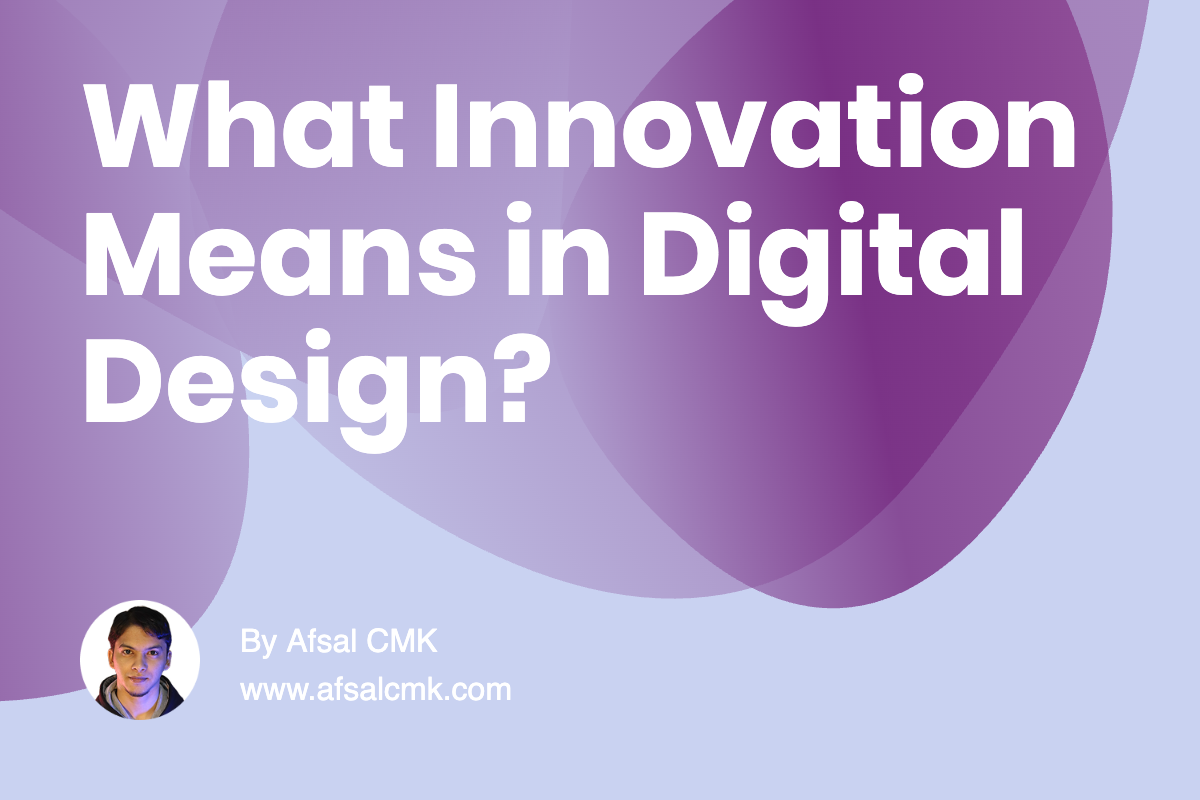
What Innovation Means in Digital Design?
When we talk about innovation, our minds often go to the world of industrial design - new materials, mechanical ingenuity, beautiful physical form. We can touch, feel, and admire innovation there. But in the digital world, where everything lives on screens and in flows, what does innovation really mean?
In digital design, innovation rarely looks like inventing something no one has ever seen before. More often, it’s about rethinking how something familiar can feel effortless, faster, or more human. It’s the difference between a tool that works and a tool that people genuinely love to use every day.
Think about the products that stand out - they don’t always introduce radical ideas. They refine details so smoothly that the experience feels new. Innovation in digital design often hides in plain sight: a better onboarding that removes friction, a clear microcopy that reduces anxiety, or a motion cue that helps users feel confident about what just happened.
Another layer of innovation lies in how we work as designers. It can mean building smarter systems that scale design decisions, connecting teams better, or using AI to accelerate ideation. These innovations don’t just improve pixels; they improve how design itself happens.
Innovation, then, isn’t about chasing novelty. It’s about creating meaningful change that improves usability, emotion, and connection. It’s when users feel something click - when they realize this product just fits. That quiet moment of ease, clarity, or delight is where innovation in design truly lives.